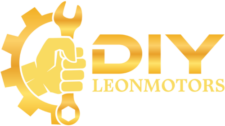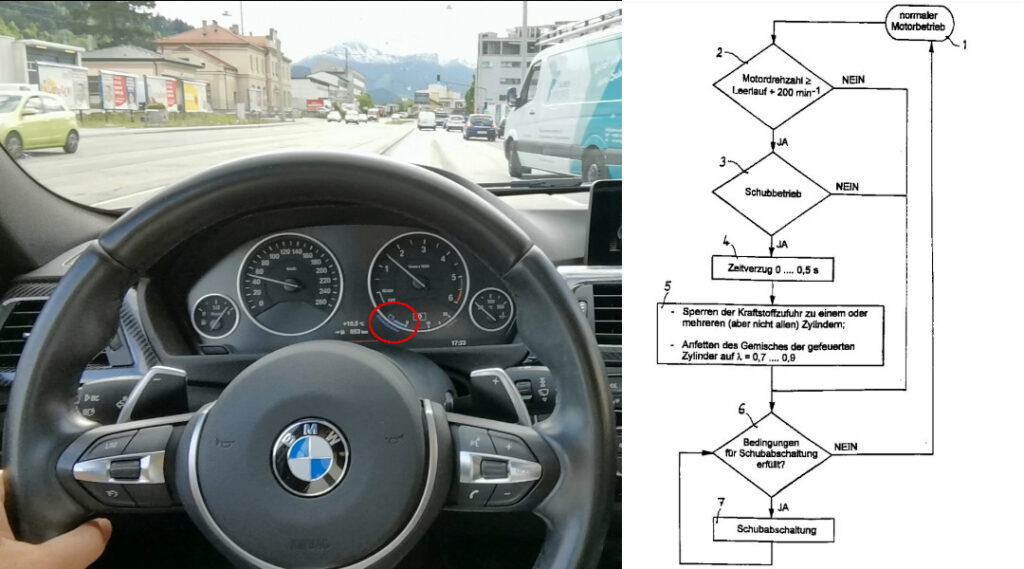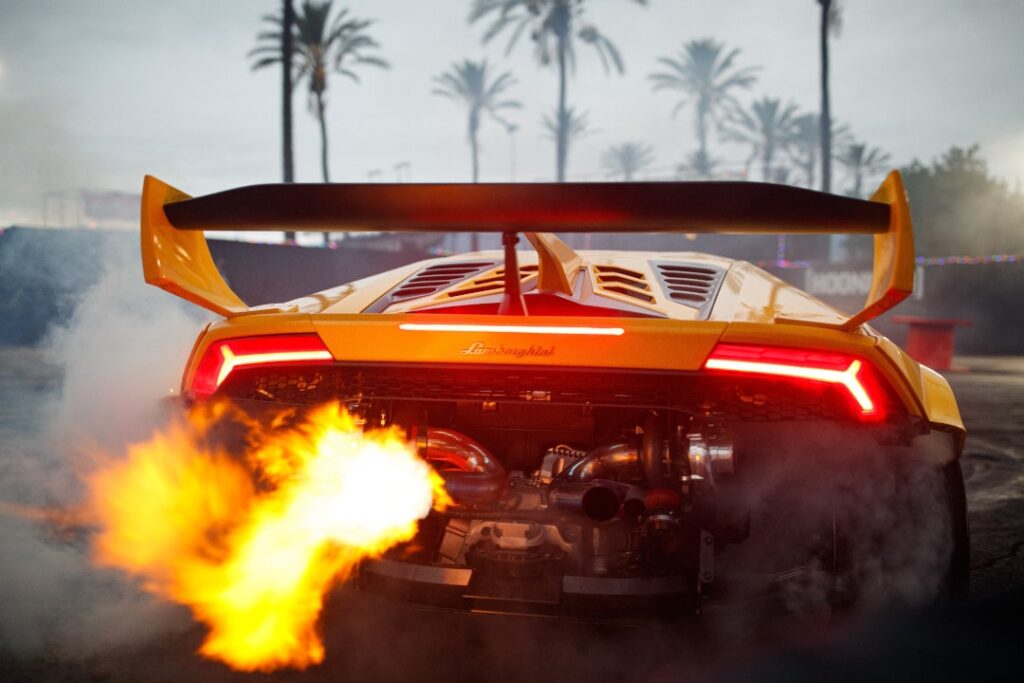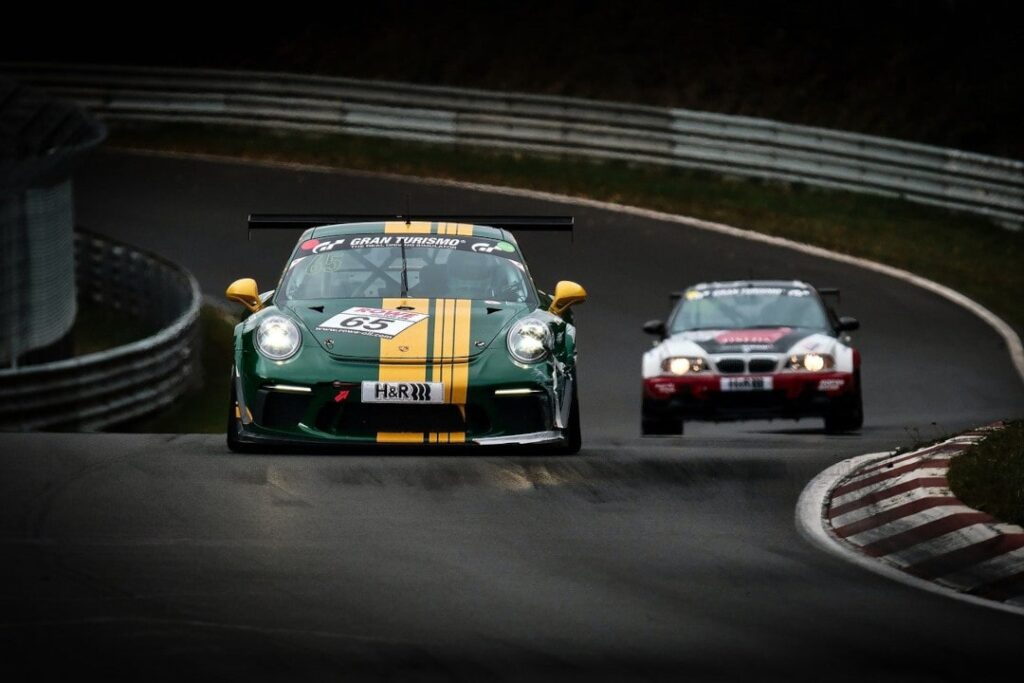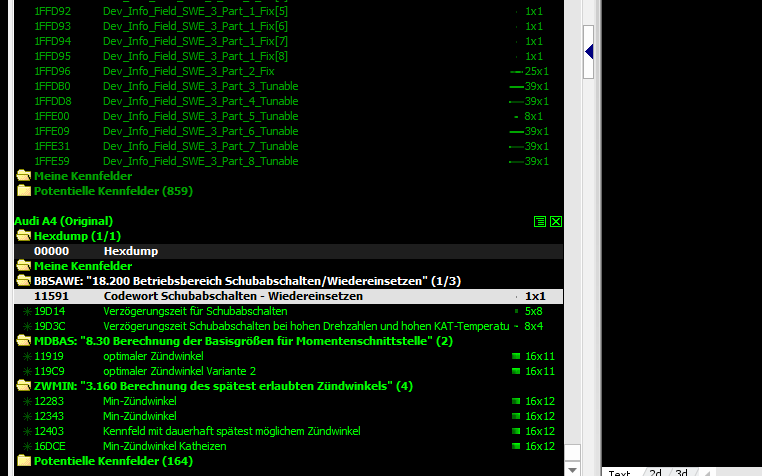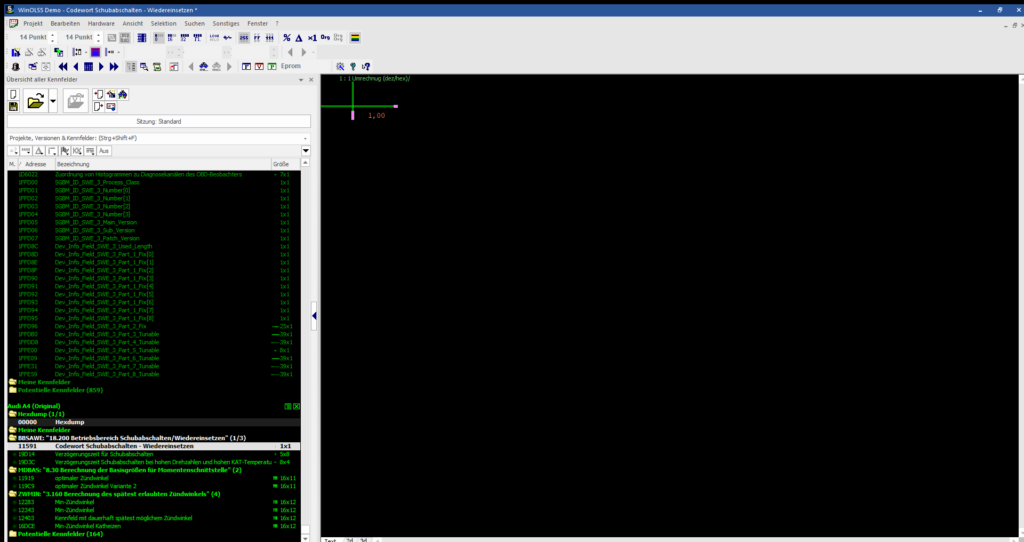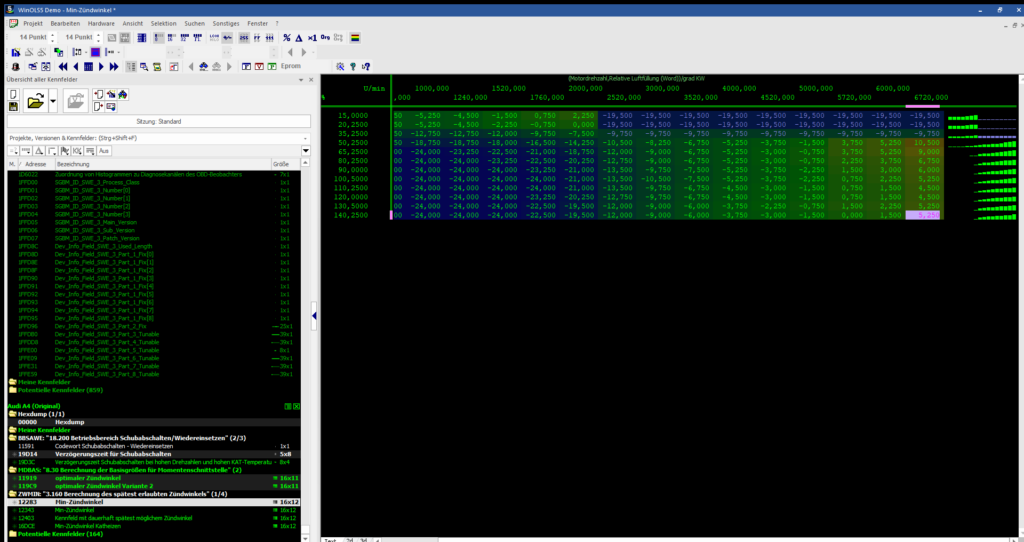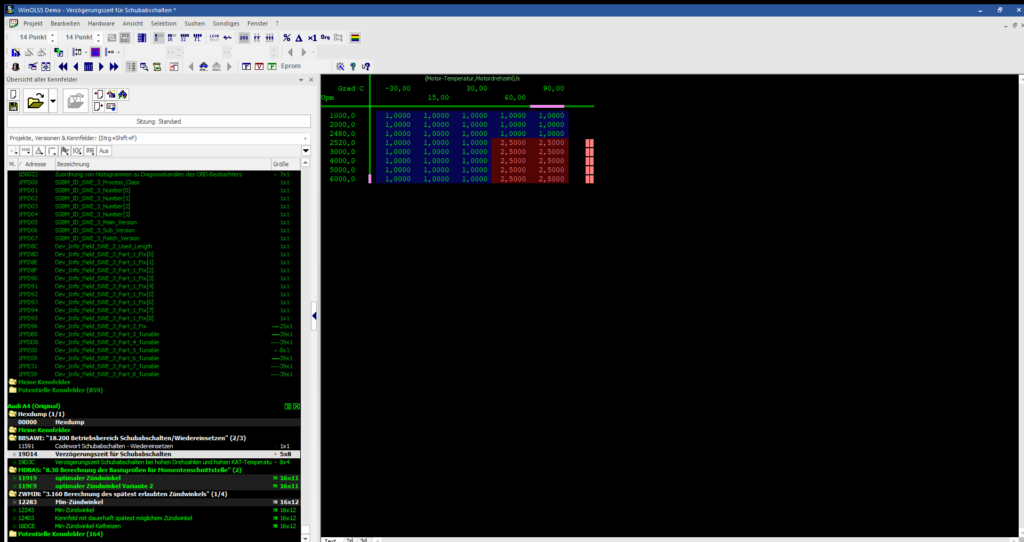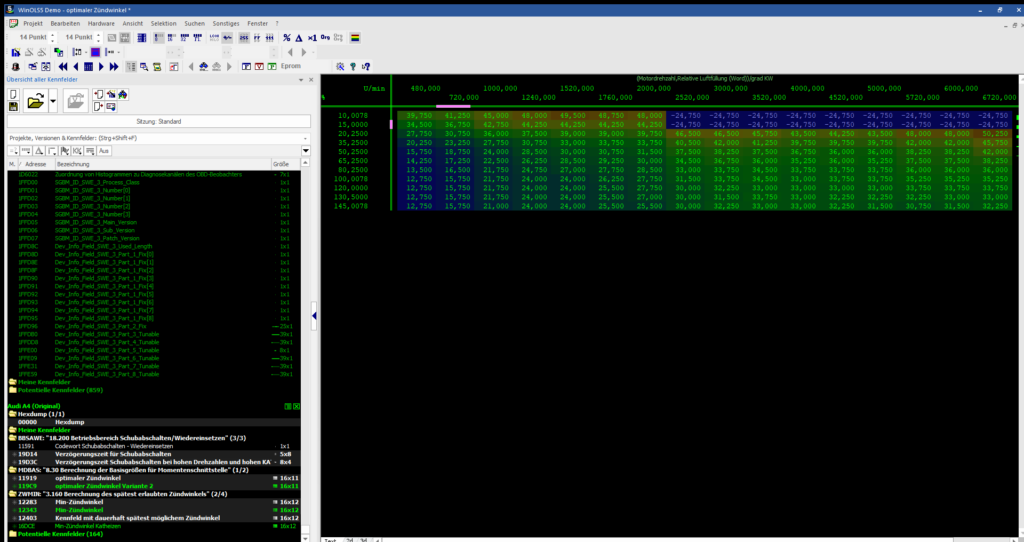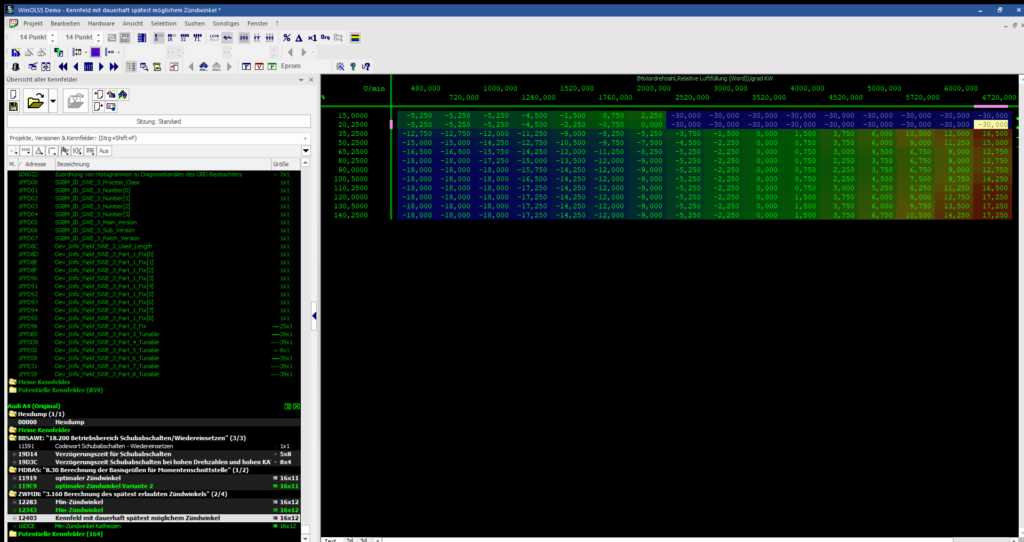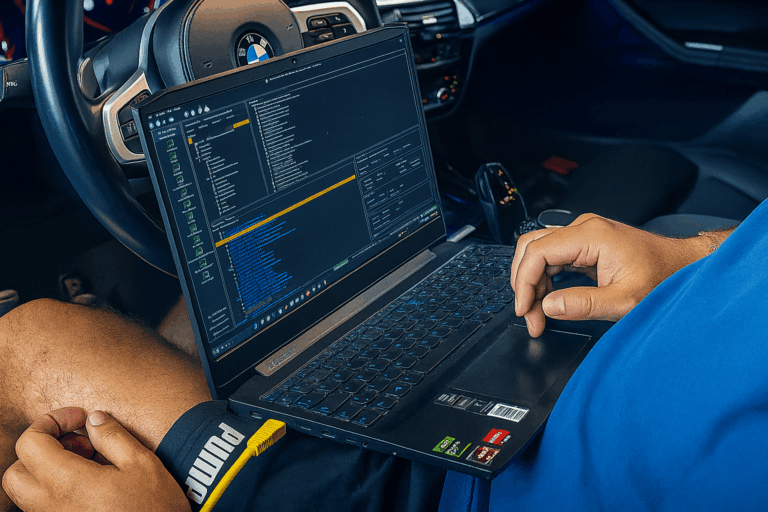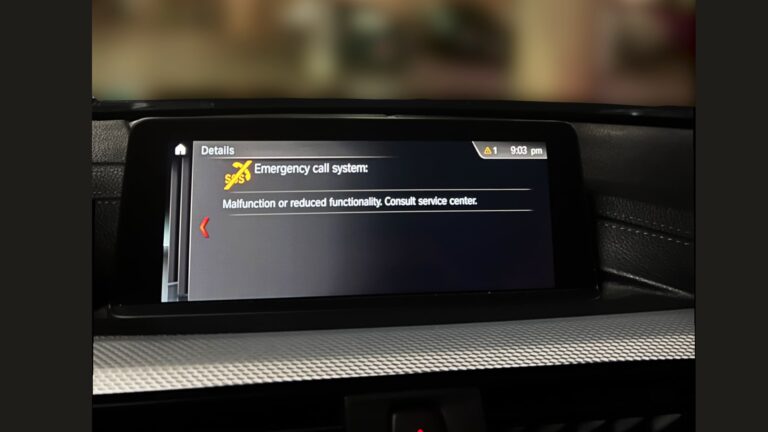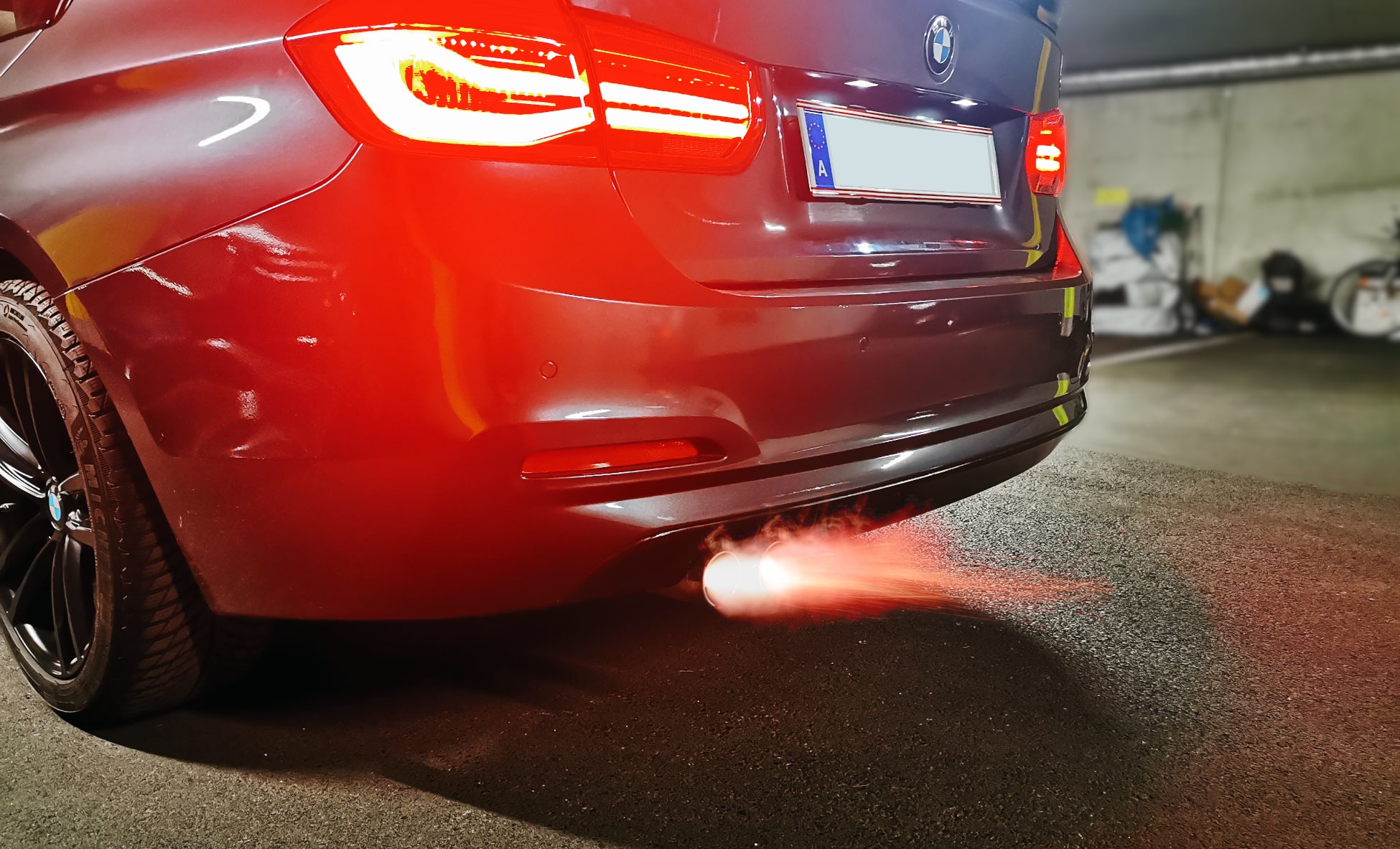
Throttle Cut | Pops & Bangs | Anti-Lag
EXPLAINED
Are you a car enthusiast and want to find out more about throttle cut, pops & bangs and anti-lag? In this article, we'll explain what the terms mean, how the technology works and how you can deactivate the throttle cut. You'll get all the information you need to decide whether you really want to deactivate it or not.
What is Throttle Cut?
The Throttle cut, also known as "overrun" or "Fuel cut", has actually been around since the 90s. However, the function was only increasingly programmed into cars from various manufacturers in the 2000s. Today, it is almost inconceivable to build a vehicle without a throttle cut. The average consumer has some advantages in terms of fuel consumption and component protection with this fuel cut.
You're probably wondering now: What, I already have the throttle cut? YES! The throttle cut is a function in modern cars and it can also be referred to the Motor brake.
This means that if you release the accelerator pedal and the engine is revving above idling speed, the engine control unit temporarily switches the Fuel supply to some cylinders off. Why? To reduce fuel consumption, protect components and lower emissions. This leads to a more efficient use of fuel and helps to minimize the environmental impact. In addition, the coasting cut-off slows down the engine and thus also minimizes fuel consumption and brake wear. Sounds like nothing but advantages, right? Well, not for Tuning fans.
Pros:
Cons:
What is Pops & Bangs?
(Explained)
Pops & Bangs comes through deactivating the Throttle Cut . If you deactivate the throttle cut in the engine control unit or (which is often the case) reset the thrust cut-off, depending on the programming, you will get your Pops & Bangs.
The Popping noises are caused by unburned fuel that ignites in the exhaust tract when you are in coasting mode. The small explosions in the exhaust system can also turn into flames (depending on how strong the tuning is). In principle: Deactivating or adjusting throttle cut = Pops & Bangs.
Pros:
Cons:
What is Anti-Lag?
Anti-Lag is a technology used in high-performance racing cars and performance-oriented tuning applications. The main objective of Anti-Lag is to reduce or to minimize the deceleration of the turbocharger during acceleration. This is achieved by maintaining the boost pressure between releasing the accelerator pedal and accelerating again. The first step is to ensure that fuel is injected into the cylinders even if no power is required (thrust mode). Just like the Pops & Bangs, only in this case a higher fuel supply.
In addition, an anti-lag system uses a special recirculation valve between the throttle valve and the turbo in the engine. In overrun mode, this recirculation valve directs the incoming air at the closed throttle valve directly into the exhaust manifold. The mixture is ignited even more by the added air and the turbo speed hardly drops at all. The result: Enormous boost pressure when accelerating again.
Pros:
Cons:
How to manage Throttle Cut Deactivation?
The throttle cut can be deactivated or adjusted by Software tuning. The Engine control unit is the brain of the vehicle, and carries out various calculations and commands in milliseconds. The most common parameters with which the control unit calculates are air mass, air pressure, fuel quantity, engine speed, time, ignition angle and temperature.
To deactivate the throttle cut and activate Pops & Bangs for example, the tuner must adapt the characteristic maps of the ignition control. The number and type of maps varies from control unit to control unit and requires experience in software tuning. Regardless of the switch-maps that are deactivating the Throttle Cut (often in newer cars), one map group in particular must be adjusted: The Ignition angle maps.
The tuner therefore ensures that Fuel continues to be injected in overrun mode and moves the ignition angle (point at which the air-fuel mixture is ignited) forwards. This means that ignition takes place after the TDC (Top Dead Center) and ensures that unburned fuel enters the manifold and is ignited there. These controlled small explosions are then known as "Exhaust banging" which are pushing the turbo even harder.
Deactivate Throttle Cut by yourself (Pops & Bangs)
If you have the necessary technical skills and knowledge, you could program the Pops & Bangs by yourself. You will need tuning software, a flasher that is compatible with your vehicle and, above all, tuning knowledge.
If it is not your intention to make frequent changes to engine control units, then you are better off contacting a professional tuner. Firstly, it's a lot cheaper and secondly, you don't run the risk of breaking your control unit.
Recently, there are also providers who offer various Tools for programin Pops & Bangs just by one click. The offers are quite serious and also fulfill their purpose, but you only get a "Off-the-shelf" product. This means that this file has been generalized for several vehicles. However, each vehicle is different, not in terms of its structure, but in terms of its condition. For example, it can be dangerous to program stronger Pops & Bangs if the Diagnosis from the log drive indicates that your turbo is at the end of its life or that something is wrong with the engine cooling. We therefore generally advise you not to use such tools and recommend to visit a reputable tuner.
Be aware that when tuning without a well-founded knowledge in automotive engineering , you can cause serious damage. Nevertheless, we will show you how to use the program WinOLS (an expensive program used by professional tuners) to deactivate the throttle cut.
Step 1:
The first step is to read the software from the engine control unit using a flasher and insert the file into the program. In this example, it is a ME7.5 control unit from an Audi A4.
The Finding maps in WinOLS is a science in itself and would go beyond the scope of this article. For this reason, we have already picked out the required maps. (See photo)
Step 2:
The map with the Code word CWSAWE (reset thrust cut-off) has to be changed from 0 to 1 in the table. In order to be able to make adjustments to the throttle cut at all.
Step 3:
Next, the map with the Code word KFZWMN (Min ignition angle) on it. Here you change the ignition angle in the range 2550 rpm to max rpm and with low air filling to -20 KW° or to -10 KW° in the third line. Ignition therefore takes place after the TDC (Top Dead Center) when adapting these values.
Step 4:
The third map you need to adjust is the Delay of the thrust cut-off with the Codeword KFTVSA. Here you set the deceleration at operating temperature and higher revolutions to 2.5 seconds as in the picture.
Step 5:
You do the same for the Map KFTVSAKAT. This map has the same effect as the previous one, only in Dependence on the temperature of the catalyst. In the area provided for this purpose, this time 1500 milliseconds in. See photo.
Step 6 (if necessary):
If, after flashing back into the vehicle you do not notice any changes, you should also adjust the following two maps. The code words are KFZWOP (optimum ignition angle) and KFZWMS (map with permanent latest possible ignition angle).
With KFZWOP, you set the ignition angle in the same range as with KFZWMN to -25KW°. In the KFZWMS map, set the ignition angle to -30 KW°. After that it should work and the pop & bangs should be audible.
We want you to know that this is just a rough guide and the functionality cannot be guaranteed, because each control unit must be considered individually. We just wanted to give you a Insight into the world of software tuning and under no circumstances encourage imitation.
Pops & Bangs: Costs & legal issues
Serious offers are between 150€ and 250€ depending on the car model and location. The range depends heavily on the control unit installed and the desired variant. The throttle cut can be permanent or switchable , which can be realised with by pressing the air conditioning button or the driving experience switch.
According to the german StVO the deactivation of a standard throttle cut without carrying out a new emissions test, is forbidden. For some vehicles, acceptance is also not possible because the emission limit is not complied with in sliding mode. Theoretically speaking, however, the thrust banging could be registered, but the question is whether you have to undergo further adjustments and whether you operating in the permitted limits will be satisfying. What will be left of the Pops & Bangs (and your money) afterwards is questionable.
Conclusion: Deactivate Throttle Cut - Yes or No?
The decision to deactivate the fuel cut depends on your personal preferences and goals. The Debate with Pop & Bangs will always be there and the tuner world is very ambivalent. Some tuners are strictly against it and others see the advantages and the pleasure in it. Then of course there is the debate about noise, emissions and the legal aspect.
In principle, we are of the opinion that every car enthusiast decides for himself which advantages speak in its favor and which disadvantages are a knock-out criterion. Contradictions and opinions will still be there from all sides.
However, it should be borne in mind that as today, sports cars already come out of the factory with slight pops and bangs. So there should be no objection to deactivating or adjusting thethrottle cut as long as it keeps within limits. Unfortunately, nobody likes a Golf 3 that constantly takes its foot off the accelerator in the middle of the night.
More Articles
BMW Sport Plus codieren: Fahrmodus freischalten – Anleitung
BMW Sport & Comfort Plus codierenFahrmodus freischalten – Anleitung BMW-Codierung leicht gemacht – In dieser Anleitung erfährst du Schritt für…
BMW Codieren Software Vergleich 2025 | ESys, BimmerCode & Co
BMW Codieren Software VergleichESys, BimmerCode & Co. Um einen BMW zu codieren gibt es mittlerweile unzählige Tools. Unterschiedliche Softwareanbieter bieten…
BMW Emergency Call System Error Battery Replacement | G-Series GUIDE
BMW Notruf Systemfehler?Lösung: Batterie wechseln! Der bekannte BMW Notruf Systemfehler (B7F341) tritt bei vielen BMW Fahrzeugen auf, egal ob E-Serie,…
